
Rotted and Moldy Sill Plates
The sill plates were rotted and full of mold.
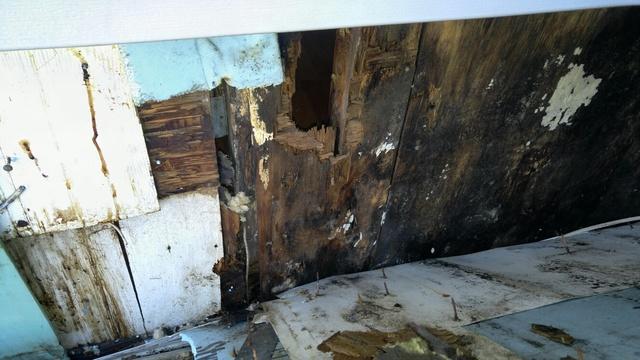
Need to Tear it Out
Unfortunately, the sheetrock was in bad shape and we needed to remove it in order to treat the mold.
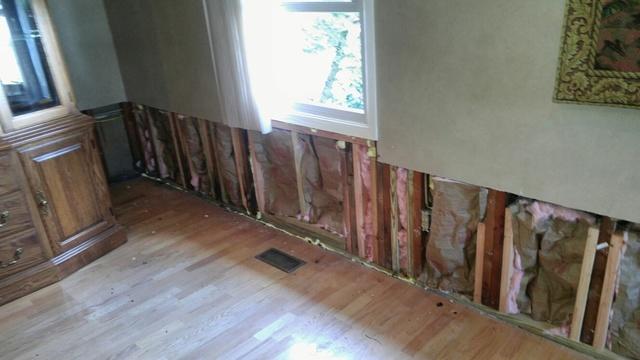
Rotted Sheathing and Sill Plates
Unfortunately, when removing the sheetrock, we found rotted sheathing and sill plates underneath that had been saturated with water.
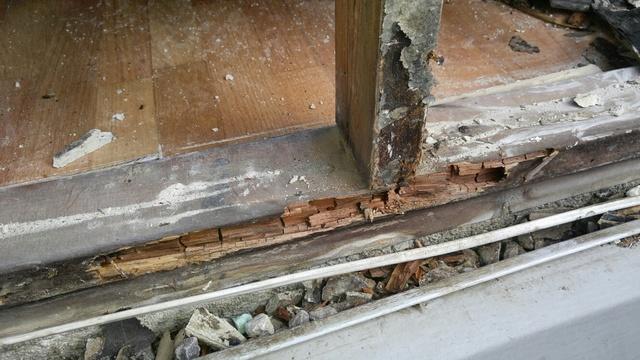
Rotten Wood After Water Damage
With this particular house, the water damage was caused by a roof leak and because of leaking flashing around the chimney. Because water flows downward, the bad water rot spots were where the water was finally settling.
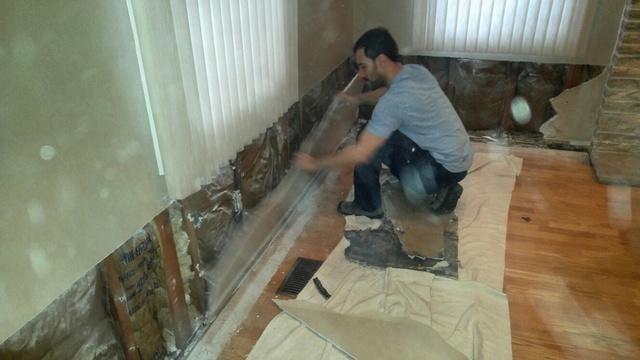
Applying MAPS
We treated the area with an antimicrobial application called MAPS 1, which stands for Mold Abatement Polymer Solutions. MAPS 1 is an EPA registered product that attacks mold on a cellular level and immediately kills it. Next, we used our mold stain remover and scrubbed away all the mold growth throughout the area.
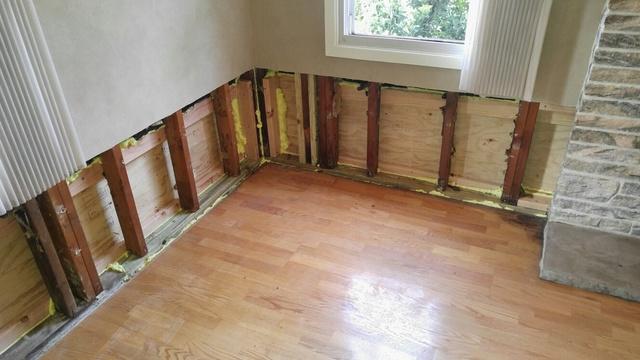
Replacing the Sill Plates
Here you see new sill plates installed.

New Sheetrock
We also replaced the moldy damaged sheetrock with new ones.
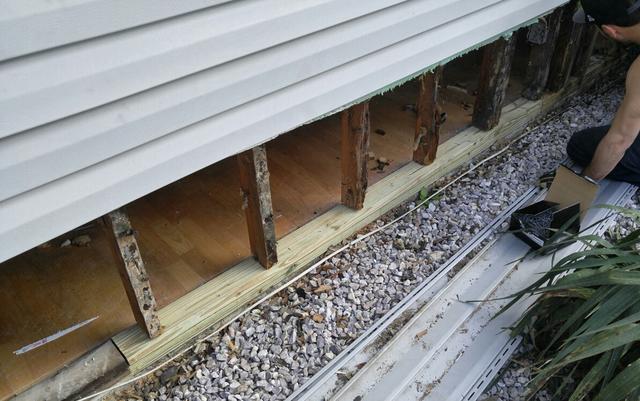
MAPS 2
Afterward, we applied our patented sealant called MAPS 2. MAPS 2 is a moisture-sensitive application that encapsulates the surface mold is growing on and renders it harmless, inert, and non-allergenic. One of the best features of MAPS 2 is that it will reactivate whenever it gets wet to prevent future mold growth.

Removing the Siding
In order to access and replace the damaged sheathing and sill plates, we needed to remove the siding.
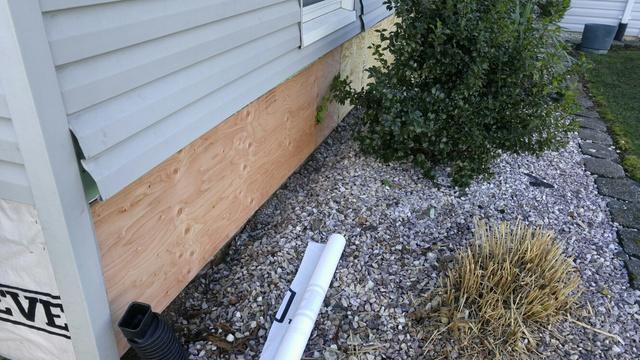
New siding Installed in Eatontown, New Jersey.
Getting ready to replace the siding.
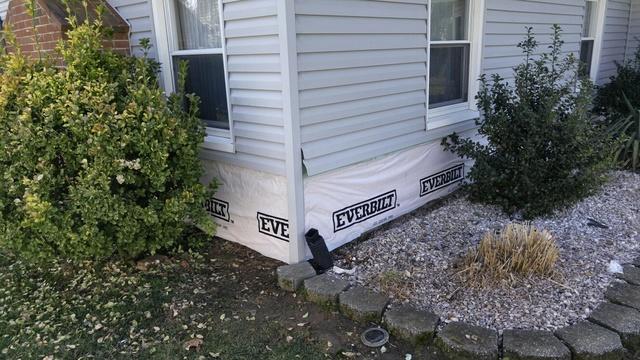
Preparing for the siding
Putting Everbilt house wrap on replaced wood.
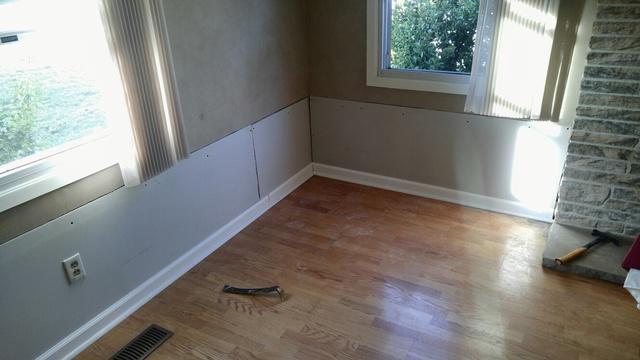
Brand New
This job certainly kept our crew busy, but when we were done the mold was gone and the water-damaged walls were fixed. The homeowner still needed to get roofers to his home to fix the roof leak and the chimney flashing to prevent this water damage from happening again.
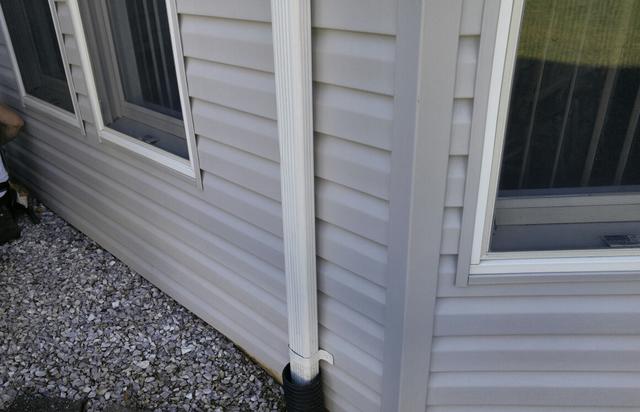
Completed
The building is fully restored after the wood rot and water damage.



